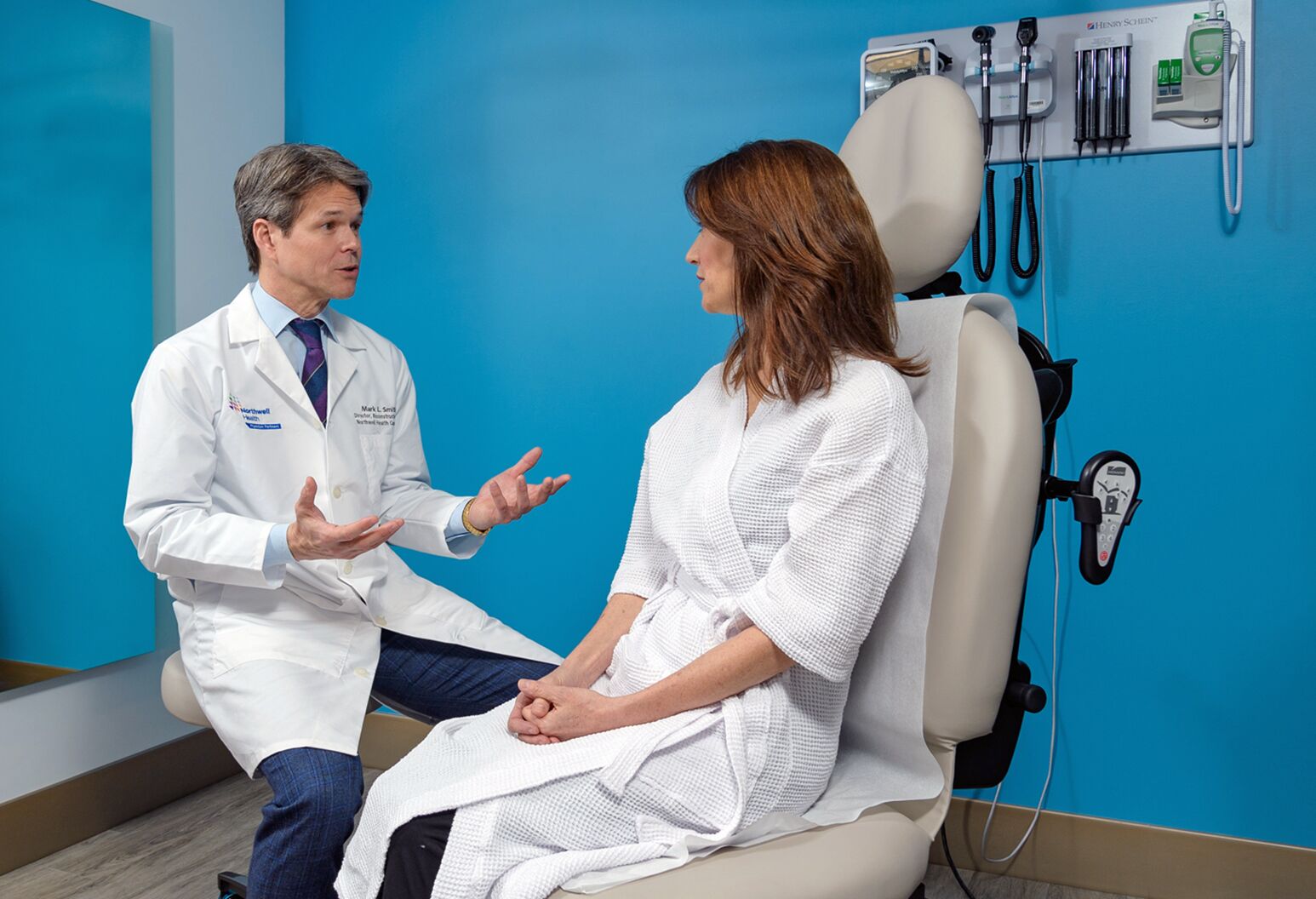Expert insights
Opting out of breast reconstruction? What you need to know before you decide

The decision to have breast reconstruction is not always easy. Some are reluctant to go through surgery, and others believe it’s not a priority, and that they will not be phased by a life without breasts. While breast reconstruction does not affect cancer outcome, there are still potential consequences of opting out. Most women weigh the surgical pros and cons, but there are also practical and emotional concerns that should not be overlooked. Before you come to a conclusion, consider how a life without breasts will impact you.
Prosthetics come with drawbacks
Women who choose not to have breast reconstruction are either left with one natural breast intact, if only one breast is removed, or are “flat chested,” if they have a bilateral mastectomy. Both circumstances could result in distinct changes to the patient’s daily life.
Primarily, clothing will fit, look and feel different than before. This may seem obvious, but the magnitude of this change is greater than many initially realize. Women find that clothing they used to love no longer fits or feels right, which can greatly impact self-esteem and confidence. The majority of women do not want to go “flat chested” and can use external prosthetics to avoid this look. However, those who do choose to remain “flat chested” should be prepared to experience clothing issues at a greater scale, as the shape of their upper body has significantly changed.
Prosthetics are a suitable option for those who seek to have the look of breasts without reconstruction, but they can also be a source of frustration and discomfort. There are many options for women who decide to wear breast prosthetics – weight, size, method of attachment and more can all be customized to preference – which all have positive and negative implications. For example, silicon prosthetics look and feel more natural, but can be heavier than foam-filled models. You can also choose between prosthetics that are inserted and worn in a bra, or those that are attached to the skin of the chest wall using adhesive tape or adhesive magnetic strips. While prosthetics offer the look of having breasts without reconstruction, many women find them awkward and uncomfortable. Even with a special bra or tape, prosthetics can be challenging to keep in place, especially during activity, and in some cases still do not look as natural as desired.
Furthermore, for those who have one breast remaining, prosthetics can be especially tricky. The prosthetic will need to closely to match the existing breast to ensure the end result does not look unbalanced. Additionally, many women who have larger breasts and, therefore require larger prosthetics, find them to be bulky, heavy and even uncomfortable, particularly when it comes to silicone prosthetics. In this case, some women have a breast reduction on the remaining breast so the prosthetic can be made smaller and more manageable. However, it of course requires undergoing a surgical reduction procedure.
While prosthesis can mask the lack of breasts, many women are still painfully aware that they are external attachments, not part of their body.
Open The emotional impact is real configuration options
The emotional impact is real
It is extremely important not to discount the powerful emotional impact of breast cancer and a mastectomy. It is often an under-estimated, yet very consequential component of a patient’s treatment plan.
Some women are perfectly content with a mastectomy, but many are left feeling disfigured. Even with a prosthetic, they are constantly reminded that they had breast cancer every time they look in the mirror. This daily prompt of their difficult journey can become bothersome, overwhelming and upsetting, and can take an enormous emotional toll. A year after treatment, many patients even return to their doctors to discuss reconstruction options.
Open You are not alone configuration options
You are not alone
The most essential element of choosing whether to have reconstruction, go “flat chested” or use prosthetics is ensuring all of the information necessary to make a decision is available. Northwell Health provides its patients with the educational and emotional support they need not just in the decision-making process, but throughout the entire journey.
The first step in this process is having a comprehensive reconstruction consultation. The consultations will allow the patient and their doctor to look at what the best result would be for them individually, both emotionally and physically, and how that will impact returning to normal, daily life. In the consultation, the doctor will discuss all of the options, as well as the procedures, risks and rewards of each course of action. Before and after pictures of patients who have gone through reconstruction, and those who have not, are provided, and details what you can expect based on your unique situation are addressed.
In addition to one-on-one conversations, Northwell Health offers free events where patients can meet and connect with survivors to discuss their experiences with breast cancer, mastectomy and reconstruction. The events provide an opportunity not only to talk, but to actually see reconstructions. Women who have undergone reconstruction invite prospective patients to see and touch their reconstruction results first-hand, creating a more meaningful understanding of the process. This can provide a comforting and authentic experience, and is often a helpful supplement to the pictures shown in the consultation.
Finally, Northwell Health patients are matched with others that have gone through the process and have had similar concerns and experiences to provide additional support. Just having someone who has been there, gone through it and can understand your concerns and provide encouragement if needed, is very powerful for patients.
The decision whether to have reconstruction must be made on your own, but Northwell Health can provide the resources and support needed to ensure you have no regrets.
